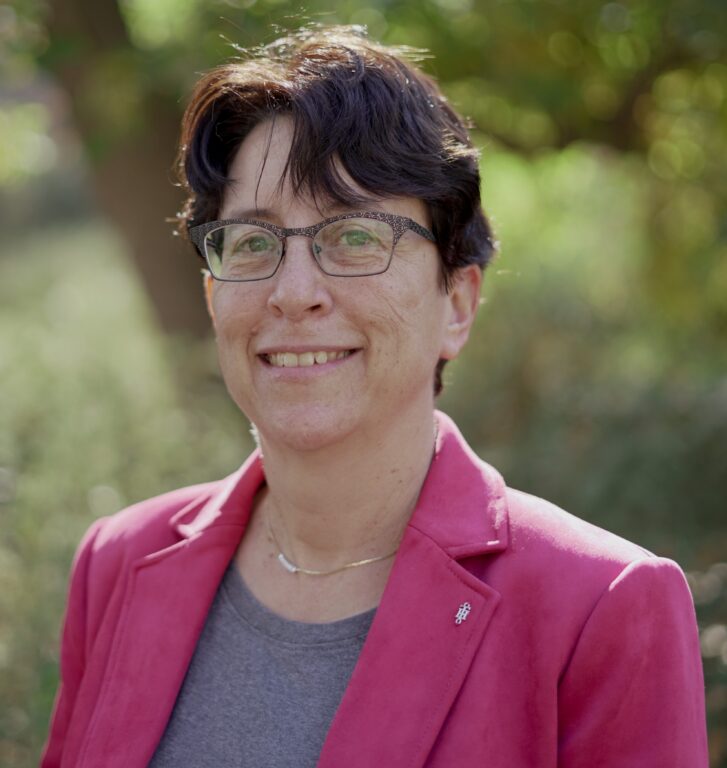- Home
- Member Profile
- Lisa Feldman, P.Eng.
Member Profile
Lisa Feldman, P.Eng.
October 15th, 2024
 Please tell us about yourself!
Please tell us about yourself!
I was born and raised in Montreal, Quebec. I currently serve as Professor and Head of the Department of Civil, Geological, and Environmental Engineering at the University of Saskatchewan, and have roughly 10 years of experience as a consulting engineer.
Why did you choose engineering, and what is your area of specialty?
In high school, I wanted to be a musician. Ironically, though, I wasn’t then interested in teaching, and I didn’t otherwise like the potential lifestyle. I therefore pursued Pure and Applied Science, a math and physics major, in CEGEP. I still play the saxophone in the Saskatoon Concert Band.
I’m a structural engineer focusing on structural evaluation, especially related to the bond between concrete and historical types of reinforcing bars, and experimental mechanics and behaviour related to reinforced concrete and masonry structures. Essentially, we build and break large objects and then try to figure out why they failed the way they did.
Where and when did you study engineering, and how would you describe your experience?
I earned my bachelor’s degree in applied science from the University of Waterloo, my M.Sc. in Engineering from the University of Texas in Austin, and my Ph.D. in Engineering Science from the University of Western Ontario.
I received great support and encouragement from my professors at all three universities, not to mention the experience gained during my co-operative work terms while at the University of Waterloo.
I worked for a small company in Montreal –Gascon Vigneault Dumais Experts-Conseils — for three consecutive work terms. Both principals in the company had advanced degrees from universities outside of Canada, and they encouraged me to pursue my master’s degree and consider universities outside of Canada.
What are some of the most interesting, rewarding, and challenging roles you have held as an engineer?
My experience as a consulting engineer came between finishing my M.Sc. and starting my Ph.D., and for my first project I was on the internal design review team for the Confederation Bridge. It was a rather overwhelmingly large project to get started on, but so great to be a part of.
Now, as a professor, I enjoy working with my graduate and undergraduate students in the lab. It takes months on end to design our experimental specimens, weeks to build, 28 days to cure, and then about 30 minutes to test to destruction!
You’re more than a year into your term on the American Concrete Institute’s Technical Activities Committee – a role in which few Canadians have served. Any new insights or observations you’d like to share?
It’s amazing to see the knowledge and time ACI’s volunteers invest in preparing convention sessions and technical documents such as codes, specifications, and reports. I’ve learned so much from other members of the Technical Activities Committee.
I’m also really excited to be serving as an ACI sub-committee chair for the ACI562 Code and Commentary (Assessment, Repair, and Rehabilitation of Existing Concrete Structures). We’re just wrapping up our work on the 2024 code edition, and I was the primary author for a new chapter related to the detailing and condition of reinforcement details for structural evaluation and repair design. We’re expecting the code to be published before the end of the year. I was thrilled for the opportunity to make a meaningful contribution to this committee’s work.